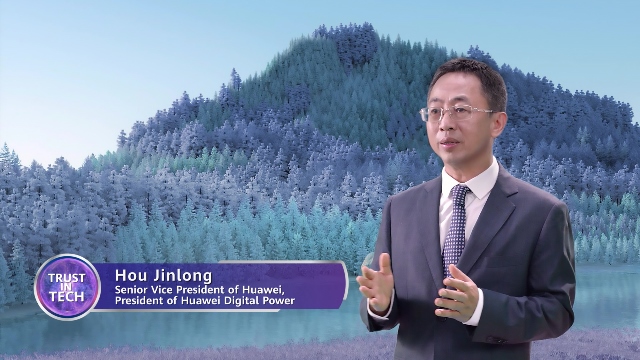Huawei is building the world’s largest Photovoltaics, Energy Storage, Direct Current, Flexibility (PEDF) campus with net zero carbon footprint, which is expected to be put into operation in 2022, said Hou Jinlong, Senior Vice President of Huawei and President of Huawei Digital Power on Trust In Tech Summit 2021.

The Antuoshan campus is located in Futian District, Shenzhen. After the construction is completed, the campus will generate 1.5 million kWh of clean power from solar PV annually.
“The annual power consumption will drop from over 14 million kWh to 7 million kWh, saving over 50% of power and reducing carbon emissions by over 60%,” said Hou.
In October 2021, the State Council of China requested that buildings should be further electrified and PEDF buildings should be built to integrate solar photovoltaics, energy storage, direct current and flexible supply. It is when PEDF buildings came into the spotlight.
In PEDF buildings, distributed solar and energy storage are installed inside or outside the buildings to form an integral part of the power distribution system. The power system of the building adopts direct current instead of alternating current. Flexible supply means that the building should have the ability to interrupt and adjust power generation.
According to Hou, there will be two certain trends in the coming 30 to 40 years. “The first is intelligence and the second is low carbon development.”
He added that, “low carbon development means clean power generation, electrification of energy utilization and intelligent scheduling of the grid. By constructing a novel new energy power system, traditional fossil fuels will be gradually replaced, thus starting the process of all-round decarbonization of humankind from the very source.”
The PEDF campus under construction is Huawei’s latest practice in exploring low-carbon development. Previously, Huawei has built a total of 19.5 MW intelligent solar PV power plants on the rooftops of Huawei South factory in Dongguan, Huawei Hangzhou Research Institute, Suzhou Research Institute and Nanjing Research Institute, which can generate 19 million kWh of electricity every year and reduce 9,000 tons of carbon emissions.
As of September 30, 2021, Huawei Digital Power has generated 443.5 billion kWh of clean power and saved 13.6 billion kWh of power, which is equivalent to reducing 210 million tons of carbon emissions and planting 290 million trees.
The company will continue to construct and renovate low carbon parks. It is predicted that PEDF will be the major technical route Huawei will adopt for its own low-carbon parks and those of its customers.


